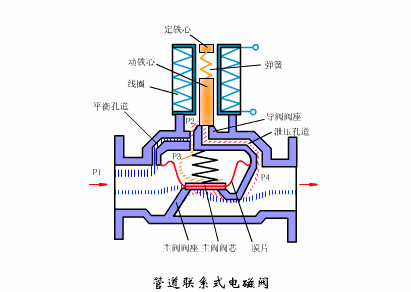Pneumatic ball valve performance
September 18, 2021
Pneumatic ball valves are becoming more and more important in normal use. They gradually replace other valve types, which have more advantages.
Pneumatic ball valves only need to be operated with gas rotation and a small turning torque to close tightly. The completely equal valve body cavity provides a direct flow channel with little resistance for the medium. It is generally thought that the ball valve is suitable for direct opening and closing applications, but recent developments have planned the ball valve to make it throttle and control flow. The first characteristic of the pneumatic ball valve is its compact structure, easy to operate and repair, suitable for common working media such as water, solvents, acids and natural gas, and also suitable for media with harsh operating conditions, such as oxygen, hydrogen peroxide, methane and ethylene. .
The valve body of the pneumatic ball valve can be whole or combined. The execution speed of pneumatic actuators is relatively fast, and does not require workers to do it by hand, which greatly saves human resources and time. Pneumatic ball valves are evolved from plug valves. It has the same rotation degree lifting action, the difference is that the cock body is a sphere, with a circular through hole or channel passing through its axis. The share of the spherical surface and the channel opening should be such that when the ball rotates 90 degrees, all spherical surfaces should appear at the entrance and exit, and then the flow is cut off. The pneumatic ball valve only needs to enter the pneumatic actuator through compressed air. The air source drives the ball core to rotate 0-90 degrees and the small turning torque can control the switch of the ball valve. The valve positioner can be assembled according to the working conditions to control the ball valve The opening of the core is used to adjust the flow of the medium. The ball rotates around the center line of the valve body to achieve opening, and a circular through hole or channel passes through its axis. When the center of the ball rotates to 90 °, the valve is tightly closed. When the actuator is working, only a small turning torque can be used to close the valve tightly, so that the principle of rapid cut-off can be achieved.

================================================== ================================================== ======



